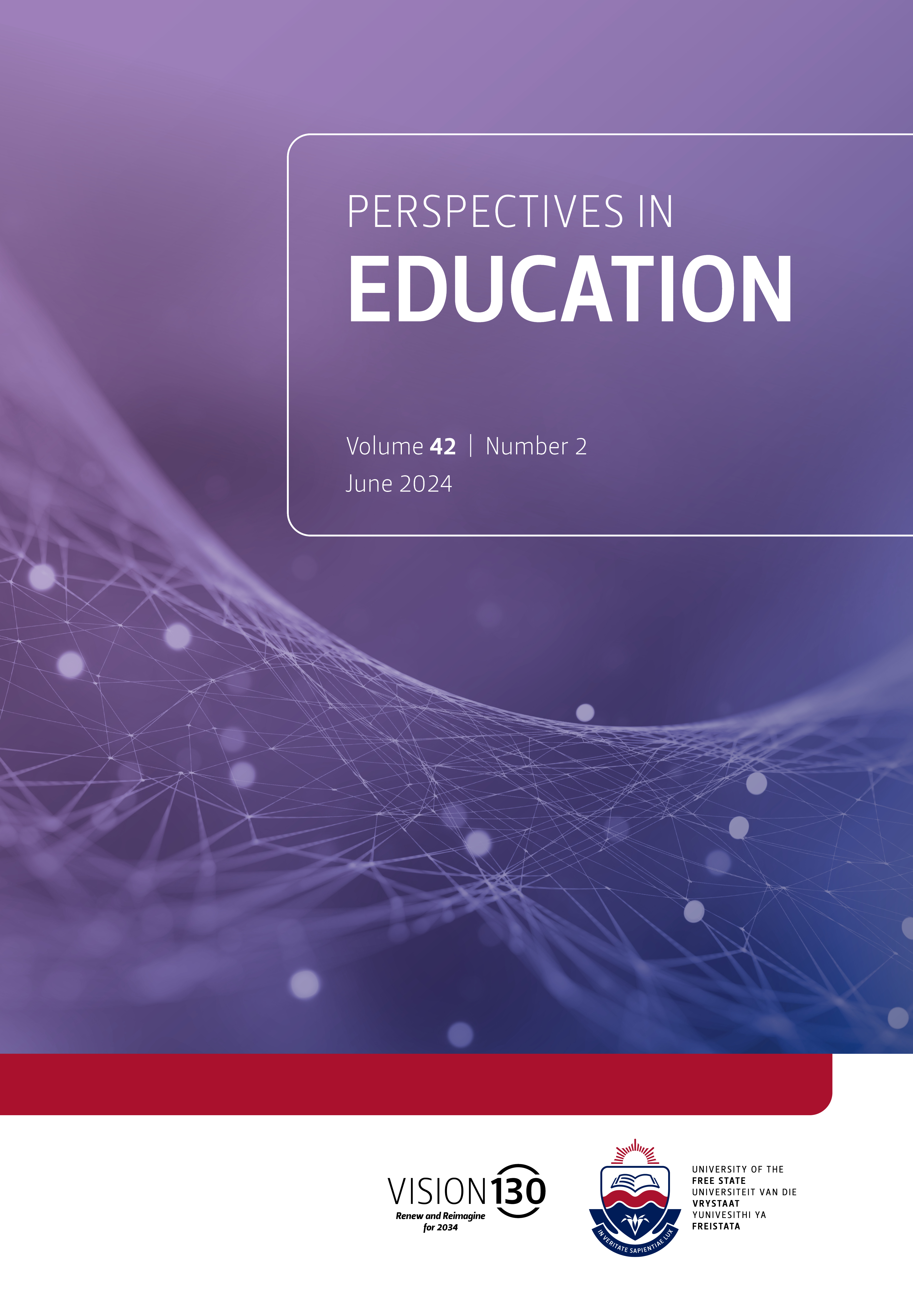Effects of same-year/level peer-assisted learning on academic performance of students in health sciences extended curriculum programmes at a University of Technology in South Africa
DOI:
https://doi.org/10.38140/pie.v42i2.7311Keywords:
academic performance, extended curriculum programmes, health sciences education, same-year/level peerassisted learning, tutees, tutorsAbstract
Peer-assisted learning (PAL) is a long-standing educational concept in higher education (HE) and has been subjected to ongoing development and ultimate implementation into so-called 'high-risk' programmes. Substantial literature and evidence are available to confirm that PAL is an effective tool for unlocking active learning in medical education. This paper focusses on the effects of same-year/level PAL implementation on the academic performance of tutors and tutees in a health sciences' extended curriculum programme (ECP) at a University of Technology (UoT) in South Africa (SA). A retrospective, longitudinal and quantitative analysis of pre- and post-intervention results of three consecutive ECP student cohorts (2017–209) was conducted to determine whether same-year/level PAL implementation enhanced academic performance. A total of 138 ECP students participated in this study and a statistically significant difference (p-value <0.05) was found with the overall comparison between the pre- and post-intervention results. Although not all ECP students benefited from this same-year/level PAL intervention, the findings of the study suggest that for the majority of ECP students, same-year/level PAL can be considered as an innovative educational intervention to improve academic success and preparedness for future studies.
Downloads
##submission.downloads##
Published
How to Cite
Issue
Section
License
Copyright (c) 2024 Róan Slabbert

This work is licensed under a Creative Commons Attribution 4.0 International License.









